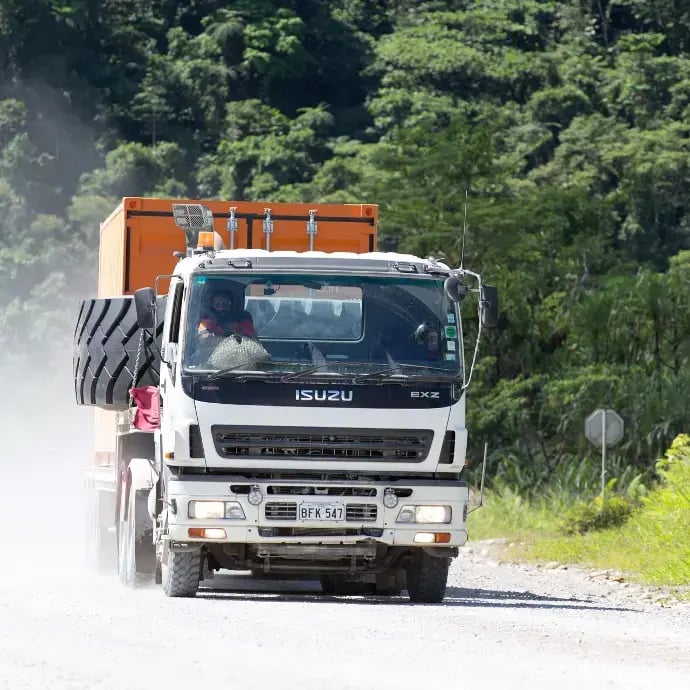
How Milum Services Integrated Readi into Its Pre-Start Process to Mitigate Fatigue Risk

Industry
Mining
Challenge
Before adopting Readi, fatigue monitoring relied on subjective, paper-based self-evaluations and verbal check-ins—methods that lacked consistency and accuracy. Milum Services needed a way to make fatigue risk visible, integrate it into its daily safety process, and take action before a driver entered a high-risk situation.
Results
Milum Services has successfully integrated Readi into its pre-start process, using sleep data from over 100 ReadiWatch users to identify and manage fatigue risk each morning. Readi has helped make fatigue a core part of safety culture, increasing visibility and accountability across teams.
Key Product
ReadiWatch, ReadiOne, ReadiSupervise, ReadiAnalytics
Fatigue used to be invisible—now it’s part of every pre-start and every safety conversation.

Background
Milum Services is a logistics and transportation company operating in remote Papua New Guinea. As a contractor for Ok Tedi Mining Ltd., the company supports critical transportation for people, fuel, food, and mining equipment. Many drivers live in a dedicated village camp built by the mine and rotate in and out of shifts, storing their ReadiWatches on-site between rotations.
With long drives, early shift starts, and varied road conditions, fatigue had become an invisible but persistent safety threat. Following a costly fatigue-related incident, Milum adopted Readi to bring structure and visibility to their fatigue risk management process.
From Subjective Checks to Predictive Data
Prior to Readi, fatigue management at Milum relied on manual self-reporting and supervisor gut feel. Drivers would complete paper-based evaluations or simply tell their supervisor how they felt—methods that often missed early signs of risk.
With Readi, that changed. Each driver now wears a ReadiWatch during sleep, and the synced data is reviewed each morning during the pre-start process by operations, HR, and safety personnel. This shift has enabled:
-
Objective visibility into each driver's ReadiScore
-
Stand-downs or reassignments for those under the <70 threshold
-
Consistent review and documentation of fatigue-related interventions
Real-Time Supervision and Escalation
Milum has embedded Readi data into its daily operations. If a driver is flagged as high risk:
-
Supervisors consult with the individual to determine the cause
-
Drivers may be reassigned to local routes
-
HR may conduct further review
-
In cases of ongoing fatigue, individuals are directed to the clinic
Additionally, if elevated fatigue is detected after incidents, in-cab camera monitoring is increased, and operators may be allowed to continue working only under direct supervision.
The team uses ReadiAnalytics to produce daily reports that track usage, interventions, and overall fatigue risk trends—giving leadership and safety teams clear insights for continuous improvement.

Building Awareness and Culture Change
According to site leaders, the most significant benefit of Readi so far is that fatigue is now visible. It’s part of the daily safety discussion. Supervisors, HR, and safety professionals are aligned around a common dataset—and workers are starting to understand that fatigue is being monitored and taken seriously.
A New Standard for Road Safety
By embedding Readi into its pre-start workflow, Milum Services has transformed fatigue risk management from a subjective process into a data-driven system.
It’s helping the company take earlier, smarter action to protect people, assets, and productivity—and reinforcing a culture where safety starts long before a vehicle leaves the yard.

